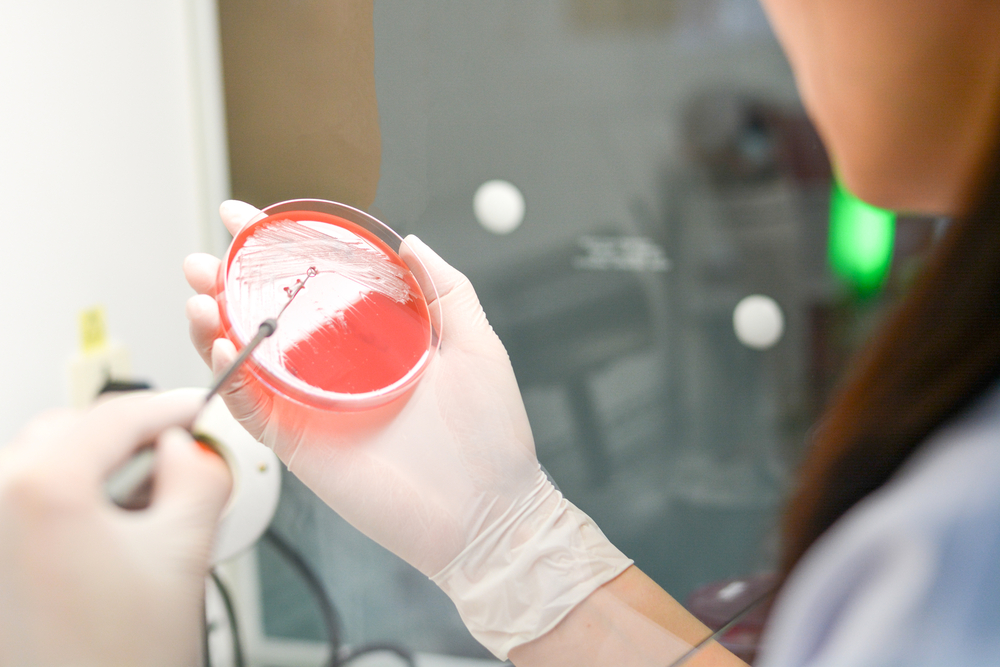Bloodborne pathogens are bacteria, viruses, parasites, and other microorganisms that are carried in the blood. Many of these cause disease in humans as well as in animals. Some of the most serious, deadly diseases in the world are bloodborne pathogens. Understanding how they are transmitted and knowing the types can raise awareness, preventing accidental exposure in the workplace.
Different types of bloodborne pathogens
Some of the most common types and examples of bloodborne pathogens include:
- Viruses – Of all the types of bloodborne pathogens, the virus is probably the one that is most well-known. They cause many illnesses, from the common cold to HIV. Serious bloodborne pathogens that are viruses: Hepatitis B (HBV), Human Immunodeficiency Virus (HIV), and Hepatitis C (HCV).
- Bacteria – This type of bloodborne pathogen is known to contaminate blood products for blood transfusions. Some of the more common bacteria can cause extreme discomfort, even disability, and death. Serious bloodborne pathogens that are bacteria: Staphylococcus aureus (Staph, MRSA), Escherichia coli (E. coli), and Staphylococcus epidermidis (endocarditis).
- Parasites – These tiny organisms live in the host and thrives on nutrients it gets from the host, usually at the expense of the host’s health or life. Serious bloodborne pathogens that are parasites: Plasmodium (malaria), Chagas disease, and leishmaniasis.
- Prions – This is a type of protein that can cause severe health issues. There is nothing that will effectively kill or destroy prions in blood products for transfusions. Serious bloodborne pathogens that are prions: Creutzfeldt-Jakob disease and mad cow disease.
Most common bloodborne pathogens in hospitals
The most common bloodborne pathogens in the workplace are human immunodeficiency virus (HIV), hepatitis B virus (HBV), and hepatitis C virus (HCV). These are the primary bloodborne diseases that put healthcare workers at the most risk. They post a significant health threat to humans and workers in hospitals, senior facilities, and other health care arenas are exposed to them on a regular basis.
What type of germ is in bloodborne pathogen?
A bloodborne pathogen is a germ. Pathogens are disease-causing microorganisms and are another name for germ. This means that germs can also be viruses, bacteria, parasites, and prions. There are different types or strains that determine the type of disease that is transmitted. “Germ” tends to be a term used more by patients than by health care professionals, but they do mean the same thing.
How are bloodborne pathogens transmitted?
Bloodborne pathogens are transmitted via contact with contaminated blood. However, other body fluids may also be infectious, including:
- Saliva
- Semen
- Pleural fluid
- Synovial fluid
- Peritoneal fluid
- Cerebrospinal fluid
- Amniotic fluid
Any body fluid that contains blood or has been contaminated with blood is potentially infectious.
There are many ways that a worker can come into contact with infected body fluids:
- Handling blood samples
- Handling medical waste
- Rendering aid to an infected person
- Cleaning up blood or bodily fluid
- Sexual contact
- Sharing hypodermic needles
- From mother to infant at birth or in utero
- Infected body fluids contact a cut or broken skin
- Accidental puncture from contaminated sharps such as needles
- Improper disposal of medical waste
The OSHA Bloodborne pathogens quiz helps prepare workers for potential exposure in the workplace and ensures that they are OSHA compliant.
Contact MedWaste Services
MedWaste Services provides medical waste disposal services that aid in decreasing the exposure risk of workers to bloodborne pathogens in hospitals. From medical waste disposal to sharps containers, we will keep your facility OSHA compliant and help ensure the safety of your staff. Call today to learn more about how we can protect your workers from deadly disease exposure.

